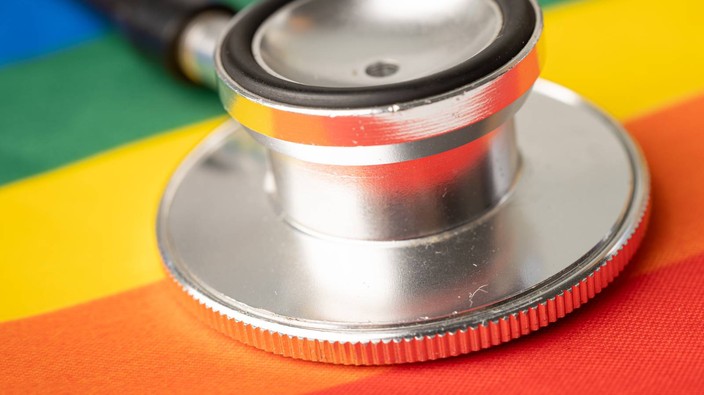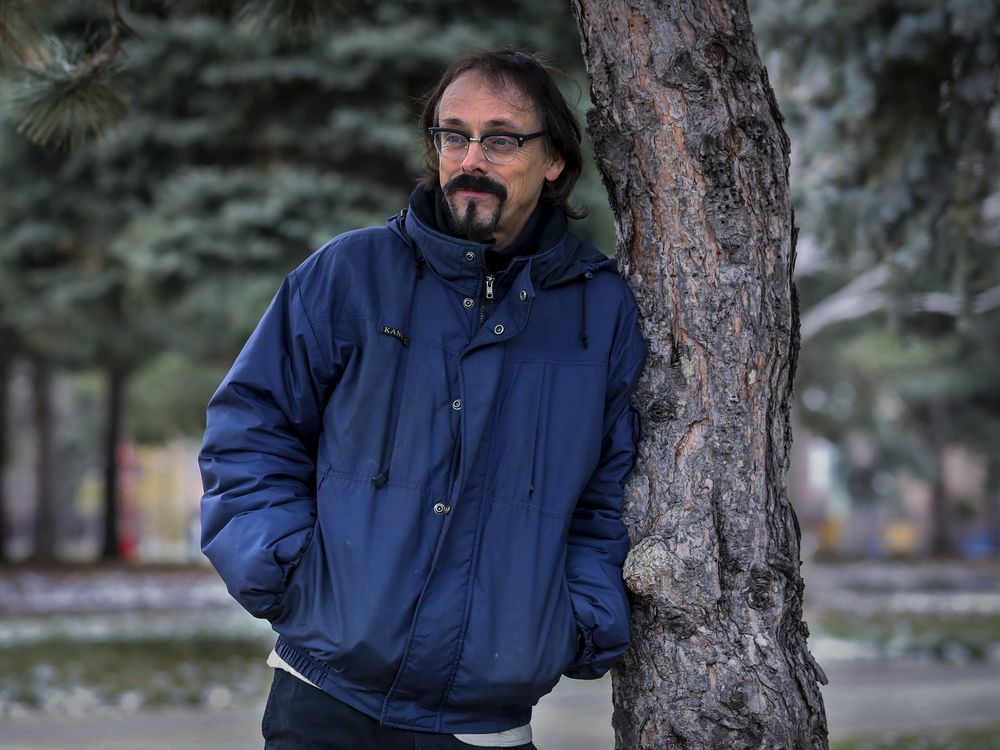the majority of american lgbtq cancer survivors found their treatment clinic to be a welcoming environment — with room for improvement, according to a survey that calls attention to the unique challenges the community faces in gaining equal access to vital therapy.a total of 2,728 people in the u.s. completed
out: the national cancer survey between september 2020 and march 2021, detailing their medical experiences during one of the most difficult times in their lives,
according to the bay area reporter. “it’s important to study cancer in lgbtqi people because not only do we have higher risk factors for cancer, but also there’s still too much discrimination embedded in the medical system,” said scout, the executive director for the national lgbt cancer network. scout, who goes by one name, said the network estimates that roughly two in five members of the lgbtq community will be diagnosed with cancer at some point in their lives.of the responding cancer survivors — defined as people who have cancer or had it in the past — one-quarter were living with the disease, with 70 per cent currently undergoing treatment. the most common types of cancer reported were
breast cancer, lymphoma, colon cancer, skin cancer and anal cancer.in addition to the 89 per cent of respondents who felt welcome at their cancer clinic, 87 per cent said they felt safe disclosing their gender identity or sexual orientation. most said their clinics provided culturally appropriate care, but such clinics were not easy to find — many relied on referrals from queer cancer survivors before making an appointment. only 13 per cent said they were able to access resources intended for lgbtqi people with cancer.“this survey has some really positive news, for example that many people can get to welcoming cancer care,” scout said. “it also has some very clear areas where the health care industry needs to listen and act, for example how frequently (lgbtqi) people want tailored resources and how often we can’t find any.”to help clinics transition into more affirming environments, respondents suggested implementing the use of preferred pronouns, using gender-neutral bathrooms, not making assumptions about support systems and recognizing that all types of cancer affect all genders. “trans men don’t necessarily feel comfortable getting a mammogram at a pepto bismol-pink office,” said maria lamonica, lymphoma survivor, during a recent webinar to discuss the results of the survey.
transgender people in general reported more difficulty in accessing affirming care.“systems are not set up to handle different gender identities and until they are, it will be a struggle for those of us who don’t fit in the box we were assigned at birth,” said caroline vahrenkamp, a webinar speaker who said she identified as a straight cisgender male six years ago when she received her cancer diagnosis. the experience helped her muster the courage to make her transition. “sometimes it’s kind of a wake-up call that gets you going in the right direction,” she said.sixty per cent of respondents to the survey identified as men, 32 per cent women, three per cent transgender and four per cent “gender identity” — a term encompassing genderqueer, gender-nonconforming or nonbinary. the majority (56 per cent) said they were gay, 25 per cent were lesbian, four per cent bisexual, two per cent pansexual, two per cent queer and one per cent asexual. respondents as a whole were well educated, with most having a degree in addition to health insurance — factors that might not make them representative of the community at large.the results made it clear that lgbtq cancer patients often have a support structure that leans more on friends and chosen family than legal spouses or biological relatives. friends were the most common support for patients (64 per cent), followed by current partners (59 per cent), siblings (38 per cent) and parents (29 per cent).“your emergency contact isn’t necessarily the person who supports you every single day,” said don dizon, a medical oncologist who is gay. “we need to help clinicians understand the concept of tribe and get away from the idea that your spouse is the only person they will talk to.”the results of the survey will be used to help the
national lgbt cancer network provide better training and resources for the community it serves. it has also helped highlight the importance of being your own advocate, a lesson bill jesdale, a gay man and survivor of testicular cancer, said he learned from his days as an aids advocate.“i learned to fight back against unjust treatment and learned we are our own experts,” he said. “never be afraid to ask for what you need and never put up with care that isn’t safe and respectful.”
dave yasvinski is a writer with healthing.ca
 3 minute read
3 minute read









